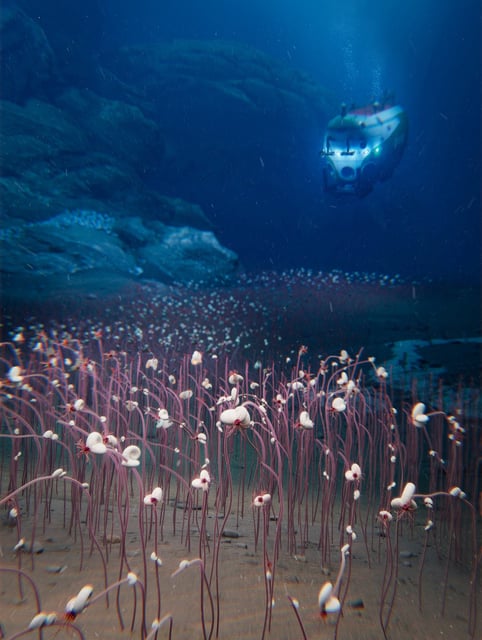Overview
- The human-crewed Fendouzhe completed 24 dives during summer 2024, surveying 2,500 km of the Kuril-Kamchatka and Aleutian trenches between 5,800 m and 9,533 m depths.
- Researchers documented extensive fields of tube worms and clams sustained by hydrogen sulfide and methane seepage at 9,533 m, extending the known depth limit for complex ecosystems by nearly 25%.
- Isotopic and genetic analyses confirm these hadal communities depend on chemosynthetic microbes, and some host species appear to be previously undescribed.
- The discovery overturns assumptions that only single-cell organisms inhabit the deepest trenches and highlights the hadal zone’s role in global carbon cycling.
- Following publication in Nature, scientists are investigating the physiological adaptations of trench dwellers and surveying other deep-sea trenches for comparable ecosystems.



